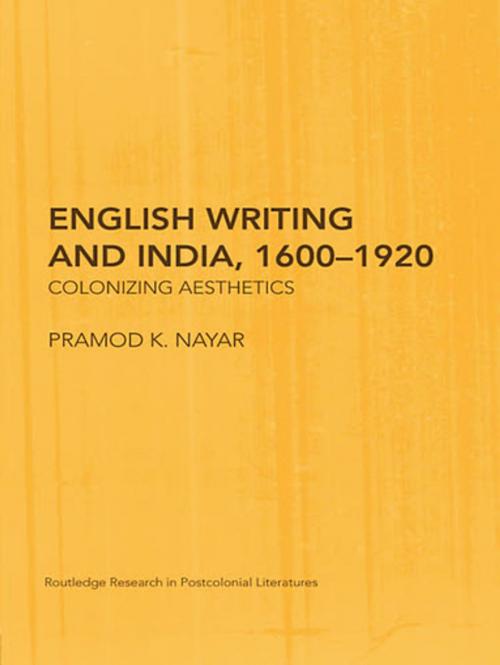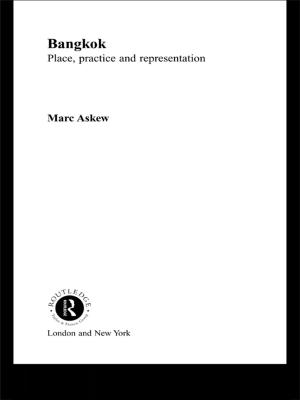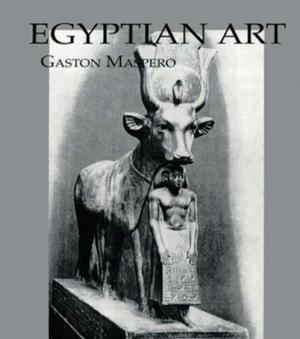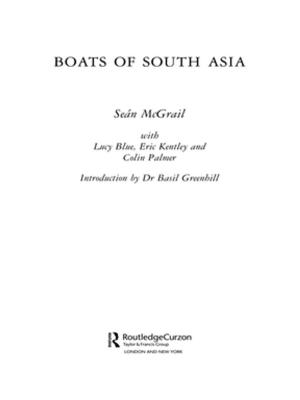English Writing and India, 1600-1920
Colonizing Aesthetics
Fiction & Literature, Literary Theory & Criticism, British, Nonfiction, Entertainment, Drama, Anthologies| Author: | Pramod K. Nayar | ISBN: | 9781134131495 |
| Publisher: | Taylor and Francis | Publication: | March 25, 2008 |
| Imprint: | Routledge | Language: | English |
| Author: | Pramod K. Nayar |
| ISBN: | 9781134131495 |
| Publisher: | Taylor and Francis |
| Publication: | March 25, 2008 |
| Imprint: | Routledge |
| Language: | English |
This book explores the formations and configurations of British colonial discourse on India through a reading of prose narratives of the 1600-1920 period.
Arguing that colonial discourse often relied on aesthetic devices in order to describe and assert a degree of narrative control over Indian landscape, Pramod Nayar demonstrates how aesthetics furnished a vocabulary and representational modes for the British to construct particular images of India.
Looking specifically at the aesthetic modes of the marvellous, the monstrous, the sublime, the picturesque and the luxuriant, Nayar marks the shift in the rhetoric – from the exploration narratives from the age of mercantile exploration to that of the ‘shikar’ memoirs of the late nineteenth and early twentieth century’s extreme exotic. English Writing and India provides an important new study of colonial aesthetics, even as it extends current scholarship on the modes of early British representations of new lands and cultures.
This book explores the formations and configurations of British colonial discourse on India through a reading of prose narratives of the 1600-1920 period.
Arguing that colonial discourse often relied on aesthetic devices in order to describe and assert a degree of narrative control over Indian landscape, Pramod Nayar demonstrates how aesthetics furnished a vocabulary and representational modes for the British to construct particular images of India.
Looking specifically at the aesthetic modes of the marvellous, the monstrous, the sublime, the picturesque and the luxuriant, Nayar marks the shift in the rhetoric – from the exploration narratives from the age of mercantile exploration to that of the ‘shikar’ memoirs of the late nineteenth and early twentieth century’s extreme exotic. English Writing and India provides an important new study of colonial aesthetics, even as it extends current scholarship on the modes of early British representations of new lands and cultures.















